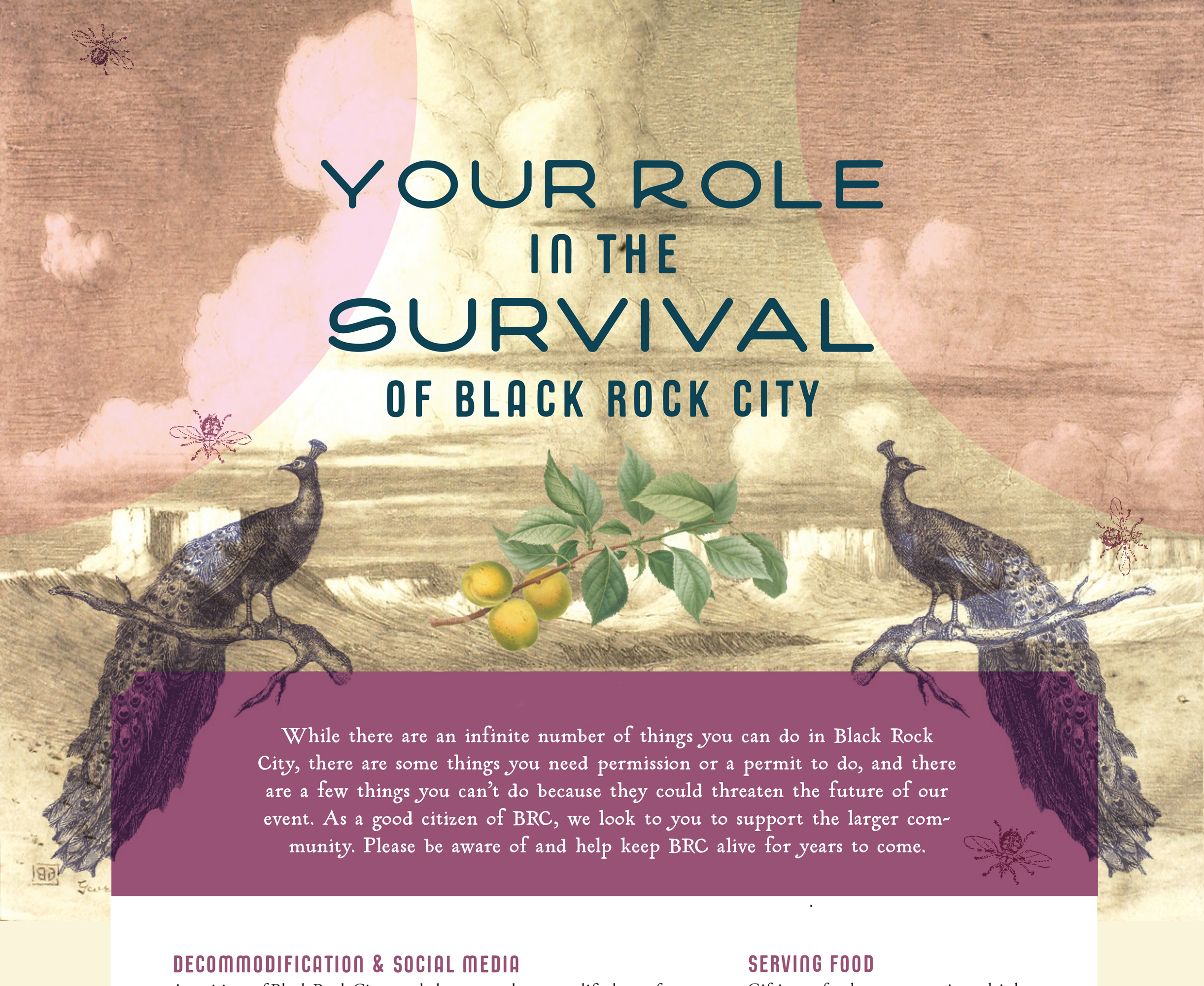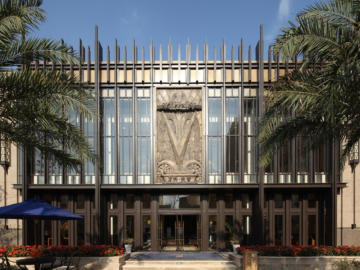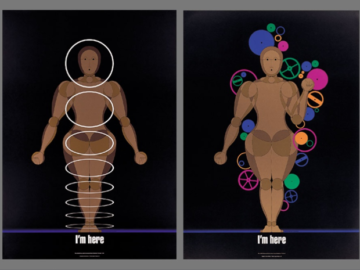This Survival Guide is essential reading for every Burning Man participant — first timers and veterans alike. As the “Man” gets ready to fire up at Black Rock City in Nevada this August, designer Arin Fishkin shares insights on this essential guide as cult and culture collide once again.
Why we have the Survival Guide
There are infinite ways to get hurt or in trouble at Burning Man, hence, the Survival Guide. Despite those possibilities, over 80,000 participants attended pre-covid, and are expecting 58,000 participants in 2022 to flock to the event and have an amazing and frequently life-changing experience.
Burning Man is on public land, giving outside groups and law enforcement a lot of power and a say in the longevity of the event. This puts the survival of Burning Man in the hands of attendees, who certainly have other things on (or in) their minds. Motivating them to engage with these facts is a significant challenge, and is where good design can make all the difference, and directly contributes to the overall sustainability of the event — for the people AND the land.
The Burning Man Survival Guide is packed with 20 pages of crucial information and is mailed out with each ticket. Much of it can be boiled down to: 1. How not to get yourself hurt or in trouble. And (unlike other large events) 2. How not to get the venue and event itself hurt or in trouble.

The Challenge: How do you get a proud self-expressing, rule-breaking crowd to care where the first aid tents are?
Ultimately, the guide is a dense document of rather un-sexy rules and information that everyone needs to know—and no one cares about—until something goes wrong. The event needs them to care before that, to prevent any number of catastrophes that can happen in such a harsh environment. The design has to motivate participants to read, learn, become responsible citizens of Black Rock City, and spread this information to their communities. This has been achieved in 2022 (and in the 9 previous guides I’ve created) with a lush and unexpected design that delights the imagination as much as the striking art and creativity on display at the event itself.
Putting something surprising, attractive, and informative into the hands of attendees when excitement and planning are at their peak, is a powerfully effective way to get the community informed and aligned with both fun and responsibility.

This year’s theme is Waking Dreams.
This year is special for a number of reasons. First, everyone is emerging after COVID’s lockdowns and the event wasn’t officially held for the last two years. Burners are hungry for all that the event provides and like so many of us, eager to return to who we all were before the pandemic. And second, more personally, it’s my tenth year doing the guide. Marking that with this year’s theme of Waking Dreams is apt, as we are all waking up after the haze of the past two years.
My inspiration for 2022’s guide comes from dreams I have before the event each year – altered realities where Burning Man exists in improbable places. For this year’s guide, I created layered landscapes populated with creatures out of place to reflect the dreamy disorientation and unpredictable existence in Black Rock City. Parrots at Niagra Falls, penguins at the pyramids, and other improbable juxtapositions create an out-of-time and timeless feel. The use of clouds, sky, and water imagery reflects my experience of navigating the world through the fog of my own neurodiversity — made more intense by lockdowns, health scares, and so much social-political turmoil. The finished guide is a message of hope for emergence, and whimsey, and reflects my own well-wishes for the impossible possibility of what’s to come.

Why I love this project
Before I started designing the guide, I attended Burning Man and received the old version. It was dense and hard to read, like so many other attendees, I barely glanced at the wall of chaotic text. Absorbing the critical info was not easy or compelling. Reflecting back, the lack of user consideration clearly affected the human experience and potentially the longevity of the event itself.
Now, in my tenth year designing the guide, I have the sincere honor of supporting an ethos of self-expression and creativity while directly affecting environmental and community safety at the very same time. Now as a burner myself, I have the rare and special experience of seeing the tangible effect of my work in real-time.
A Time Capsule Artifact
The SG has become collectible ephemera during my years creating it, copies are traded and sold on eBay as markers of each year’s events. They have become a part of the BM time capsule and are one of the only official materials that ticket holders have access to since Decommodification is a principal priority of the organization.
In the spirit of the Burning Man ethos and keeping commerce to a minimum, the survival guide uses found or existing images. The illustrations are collaged images in the public domain, many from this year’s survival guide are from the digitized Smithsonian collection.
The impact on the event and the powerful engagement with the community are a big part of why I’ve designed 10 of these guides so far, and love doing it.
Burning Man Stats & Information:
- Population in 2019 – approx. 80,000
- First burn was on Baker Beach in San Francisco in 1986
- In its current location in Nevada’s Black Rock Desert since 1991
- Organized by the Burning Man Project, a non-profit organization since 2013
- Burning Man 2022 dates: Aug. 28 – Sept. 5
- Nothing is for sale at Burning Man
- Ticket price $575 per ticket plus $140 for vehicle passes
- 80,000 copies of the Survival Guide are printed and sent out with event tickets
- Law enforcement includes Pershing County Sheriff and BLM on site, with roads patrolled by the Nevada Highway Patrol, Washoe County Sheriff’s Office, Pershing County Sheriff’s Office, and the Pyramid Lake Paiute Tribe
- Year-round Burning Man Project nonprofits and efforts: Burning Man Arts, Regional Network, Burners Without Borders, Fly Ranch, Philosophical Center (publishing, podcasts, archives, and education
- Arin Fishkin has been designing for Burning Man since 2004 and attending since 1996





